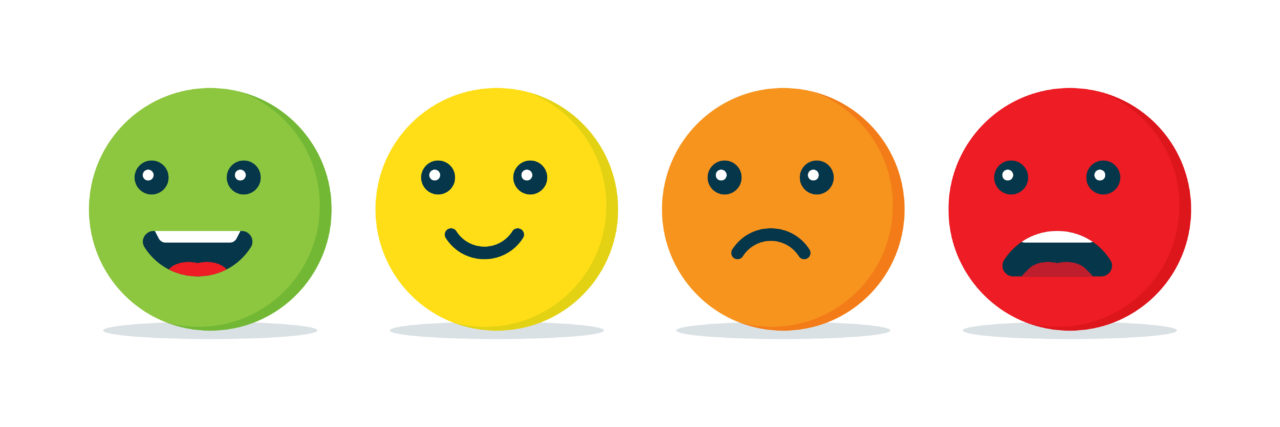Every time we go into a doctor’s office, one of the questions they ask us is, “What’s your pain level, on a scale of 1 to 10?” or some variation thereupon. As chronic pain warriors, that scale can be immensely frustrating. A generic quantitative measurement is absolutely necessary in the medical profession, but it’s also obtusely geared toward acute pain. It’s a hell of a lot easier to put a number to how badly a stubbed toe hurts than to a stabbing pain you’ve been feeling for going on three years. It’s easier because it’s immediate and you have a baseline of nothing to compare it against. With chronic pain, our baseline is constantly shifting, and our numbers sometimes mean different things from one day to the next.
What we need is a functionality scale.
If a person without chronic pain reports a pain level of 5, it could mean 100 different things. Not only can that number change from day to day based on what kind of pain — stabbing, throbbing, burning, etc. — but also how widespread the pain is. For me, a level 5 migraine is leagues away from a level 5 fibromyalgia flare. With the former, the pain is basically only in my head and maybe my neck. With the latter, the pain is in everything. It’s in all of my joints and through my skin and also in my head and neck. A level 5 on that kind of a day is drastically different than a level 5 on another day because that one affects everything I do. With the same quantitative, numerical answer, I’m equally likely to not be able to sit through an entire lecture as I am to be able to attend without even taking medication.
Even more frustrating than how one-dimensional the scale is how exclusive it is. The scale only asks about your pain. For those of us with chronic illnesses and chronic pain, odds are that pain isn’t our only symptom or complaint. There are days where the pain scale seems absolutely useless because it paints such an inaccurate picture. Yeah, it might only be a pain level 3 but that doesn’t mean that it’s any easier to function. Maybe nausea is keeping you within throwing distance of a toilet so you can’t leave the house. Maybe you have brain fog and aphasia and can’t put a sentence together without help. Maybe you have vertigo or are lightheaded and so can’t stand or walk around well. None of those are covered by the 1-to-10 pain scale.
What we need is a functionality scale. We need a quantitative measurement that can tell people how well we’re able to go about our day. Pain would be a factor, but it wouldn’t be the only measure. It should be or could be used side-by-side with the pain scale, but this way we’re able to accurately tell people — especially doctors — to what degree we’re being affected from day to day. The functionality scale I made for myself reads something like this:
0 : no disruption or impairment, no symptoms presenting
1 : very “high functioning,” no noticeable limitations
2 : rare occurrence of symptoms, minimal interference
3 : starting to notice symptoms, very occasional disruption
4 : normal function requires some effort
5 : symptoms interfere with all aspects (e.g., may need to miss class)
6 : no longer able to do (cognitive) work due to symptoms, symptoms are constantly noticeable now
7 : symptoms prevent any semblance of normal functioning, eg. cannot even use the microwave to cook
8 : need help with basic tasks due to increasing interference
9 : can only tend to self and body due to the prevalence of symptoms
10 : fully incapacitated by symptoms
These numbers won’t necessarily be your numbers. Maybe your 5 and my 5 look vastly different, but that’s OK. It’s just one example of the downfalls of quantitative measurements like these for something as subjective as pain and experience.
For any doctors who read this, believe us. We promise we don’t do this or say this for attention. And try to please remember that our scales have shifted, that we’re used to a certain amount of pain throughout our day. The presence of that level of pain becomes our new 1, and thereby every number after that is an amount of pain that’s likely far greater than what you would think. Whatever number we say, the amount of pain that it indicates is more than what it would have been before we became warriors.
Getty image by MaksimYremenko.

